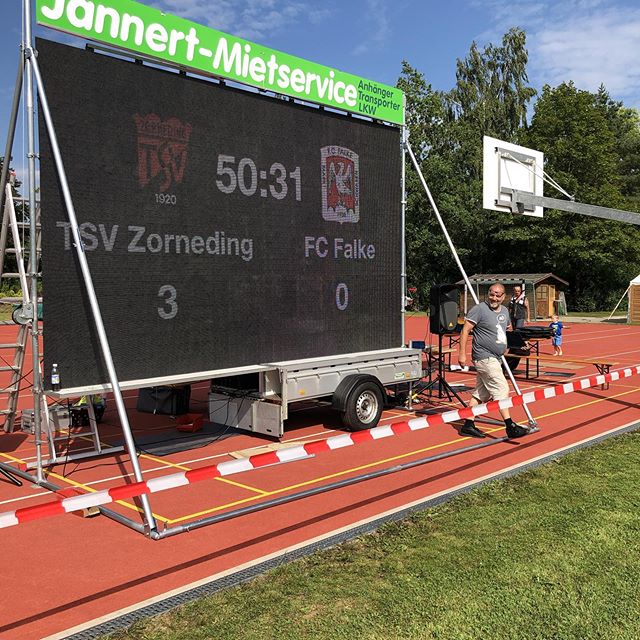How do you teach the concept of plot to a group of fourth and fifth graders? Gifted and Talented teacher Naomi Delgado of Burnet Elementary in El Paso, Texas, chose to let the students work it out for themselves with iStopMotion in her after-school reading group. iStopMotion was the second hands-on, digitally engaging app she used with students. She discovered it when she attended a stop motion animation session at miniCAST 2014 and knew it would be the perfect addition to her curriculum.
The first students to try it were a part of a Gifted and Talented pullout program called “Connections.” The program integrates reading, language arts and social studies to give students a supplementary education. Naomi’s after-school reading group is included in the GT program. She started with four fifth graders and one fourth grader, but the group grew by one when another student heard about Naomi’s planned iStopMotion project and asked administration for permission to join. Their assignment was to create a movie that included a setting, a protagonist, an antagonist, rising action, a climax and a resolution.
Over the course of three weeks of after-school sessions, Naomi’s students learned all the elements of plot through their iStopMotion projects. They started by browsing YouTube and looking at a few student examples of stop motion animations, and then completed their own plot graphic organizer to work out their story. All of their movie characters and props were born from household items like clay and paperclips. The students helped each other brainstorm and create, putting their heads together to come up with exciting concepts.
“Midway through, half of the students were struggling with the task of bringing their story to life,” says Naomi. “Their first attempts were choppy and too short to tell a complete story. So we watched another example stop motion from YouTube and identified and discussed the craft of iStopMotion – the amount of frames needed to make the character’s motion seem realistic, utilizing drawn background and text on whiteboards.”
The instruction helped, and the rest of the project went off without a hitch. Once the music was added, the students’ iStopMotion films came to life. Most movies were a bit different from their original ideas, but Naomi notes that it definitely wasn’t a bad thing. For example, the fourth grader had learned about plot twists during their regular class and decided to have his protagonist run over by a Koosh ball. This led to two of the fifth graders to also add plot twists to their movies.
“I must tell you that one of the characteristics of gifted students is a twisted sense of humor!” Naomi says. “One student’s movie was originally about the reunion of a mother and son, but in the plot twist the mom pushes the son off of a building!”
When the students went over their work, they talked about how easy the app was to use. They liked how they could easily save and edit their work and how the onion-skinning feature helped them to keep their camera work steady. Naomi loves how successful the project was, and she’ll definitely be using iStopMotion when she tutors next year.
“I plan to improve the learning experience by giving students a project rubric, the opportunity to work with a partner or a small group to create one movie, more time to study the craft of stop motion animation and a storyboard graphic organizer in addition to the plot graphic organizer to help set up scenes,” she says. “I would like all of my students to have the opportunity to create a movie using iStopMotion during regular school hours, too. I’m still working on developing the best way to integrate the app into the curriculum!”
Naomi says that her students are lucky to have so much access to technology in their classroom. In addition to the iPads and Mac desktop computers they use with iStopMotion, the classroom is equipped with a laptop, a document project, a SMARTboard and a projector. While some of their tools are digital and some are simply paper and pencil, Naomi always chooses the tool that will best support the learning standard.
“The best thing about technology, aside from the high student interest, is that it helps the students develop their problem solving skills,” Naomi says. “Rather than telling students how to do something, I instruct them to Google it. When one finds the solution, they always have the opportunity to teach others how to do something, and I’m always pleased when that someone is me.”
You can view Naomi’s students’ finished products here. Do you or a friend want to learn more about the inner workings of a good plot? Try creating your own story and mapping out each step – a setting, a protagonist, an antagonist, the rising action, a climax and a resolution. Who knows … maybe you’ll even throw a plot twist into the mix!










